The surprising downside of #NoMowMay
Not cutting your lawn and letting dandelions grow for a month is touted as an easy way to help bees. But one-size-fits-all solutions don't work for conservation.

This article is by Sheila Colla and Lorraine Johnson, authors of the book A Garden for the Rusty-Patched Bumblebee: Creating Habitat for Native Pollinators: Ontario and Great Lakes Edition, and biologist and author Heather Holm.
Dandelions elicit extreme reactions. They’re considered the bane of lawn care, hated with a fervour used to justify the massive chemical onslaught (fed by the lawn-care industry and advertising) that has been enlisted for decades to solve the “scourge” of this yellow flower. Anyone allowing a few dandelions to tarnish the greensward of lawn risks community shaming.
There’s a movement afoot to redeem the dandelion. Like the plant itself, the movement started in Britain and has been imported to North America. Under the banner of a catchy slogan, #NoMowMay urges people to let the lawn grow with freedom for one spring month, and to celebrate the spontaneous vegetation that appears, in order to “feed the bees.”
This initiative may have value in the U.K., where it originated and where local bees have co-evolved with those plants. But North American lawns, maintained with pesticides and fertilizers, don’t support native plant and native bee populations. There’s huge value in challenging monocultural lawns and the enormous ecological damage they have caused, but offering a feel-good moment of aesthetic rebellion risks obscuring, and even undermining, the bigger goal.
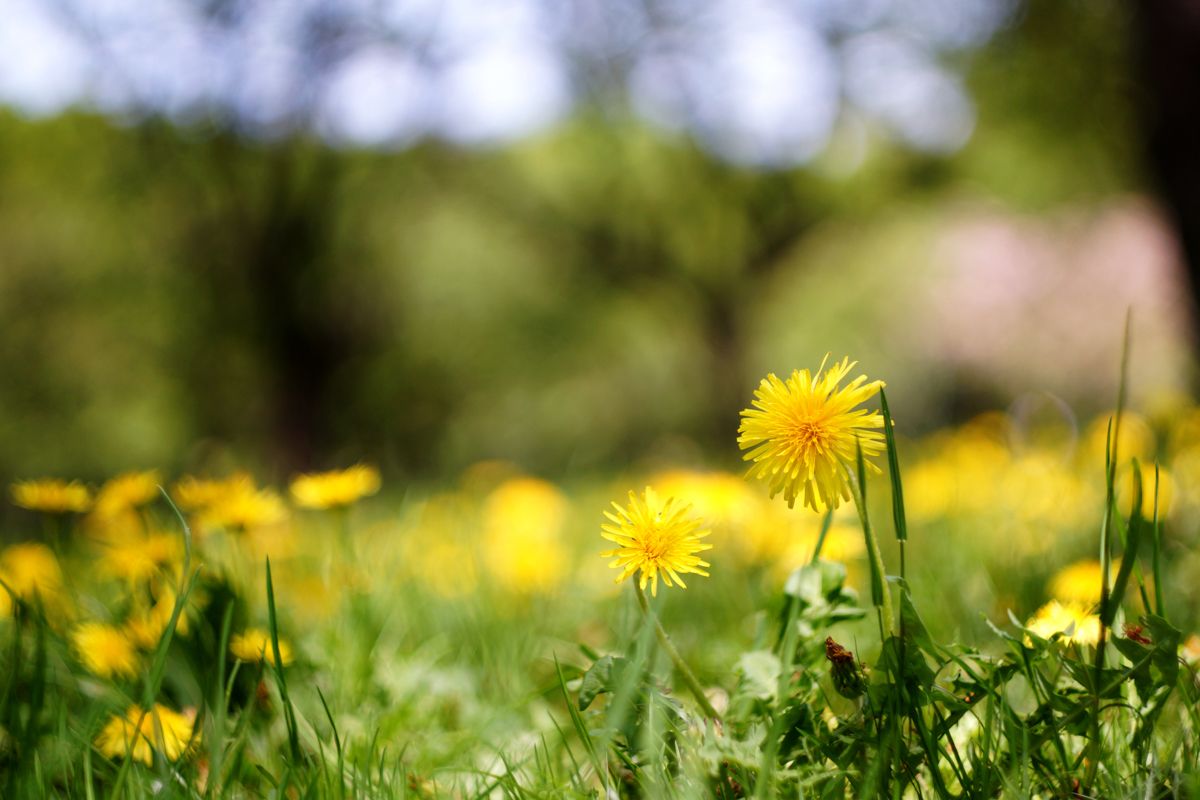
Instead of encouraging #LazyLawns what we need to do, urgently, is to steward, tend and nurture landscapes for native biodiversity and ecological integrity. A month of long lawns filled with dandelions and other non-native weedy species just doesn’t cut it. It’s the ecological equivalent of opening a fast-food restaurant on every corner – for a short amount of time. At best, burgers and fries for a while, but not a sustained full-service menu of healthy nutrition and habitat for pollinators.
While we need to loosen the grip of the lawn on our collective landscape imaginings, here’s what the little research done to date on dandelions tells us. Dandelion has allelopathic pollen, a scientific term that basically means the pollen of dandelions can reduce reproductive success in native wildflowers, disrupting the native plant communities it invades. Another study showed that queen bumblebees (some of the early emerging wild bees that pro-dandelion campaigns say dandelions help) resorted to eating their own eggs when fed a diet of protein-deficient dandelion pollen.
This is not an argument for vilifying the dandelion or dismissing the value of rethinking manicured lawns. Indeed, one of the benefits of #NoMowMay is that it undermines the conventional lawn aesthetic and, in doing so, helps to normalize acceptance of “messy-looking” habitats that support pollinators (dead leaves and dead plant stalks, for example). Another benefit of the campaign is that not running the lawn mower will reduce noise and air pollution.
But #NoMowMay is not a one-stop solution to the loss and degradation of pollinator habitat.
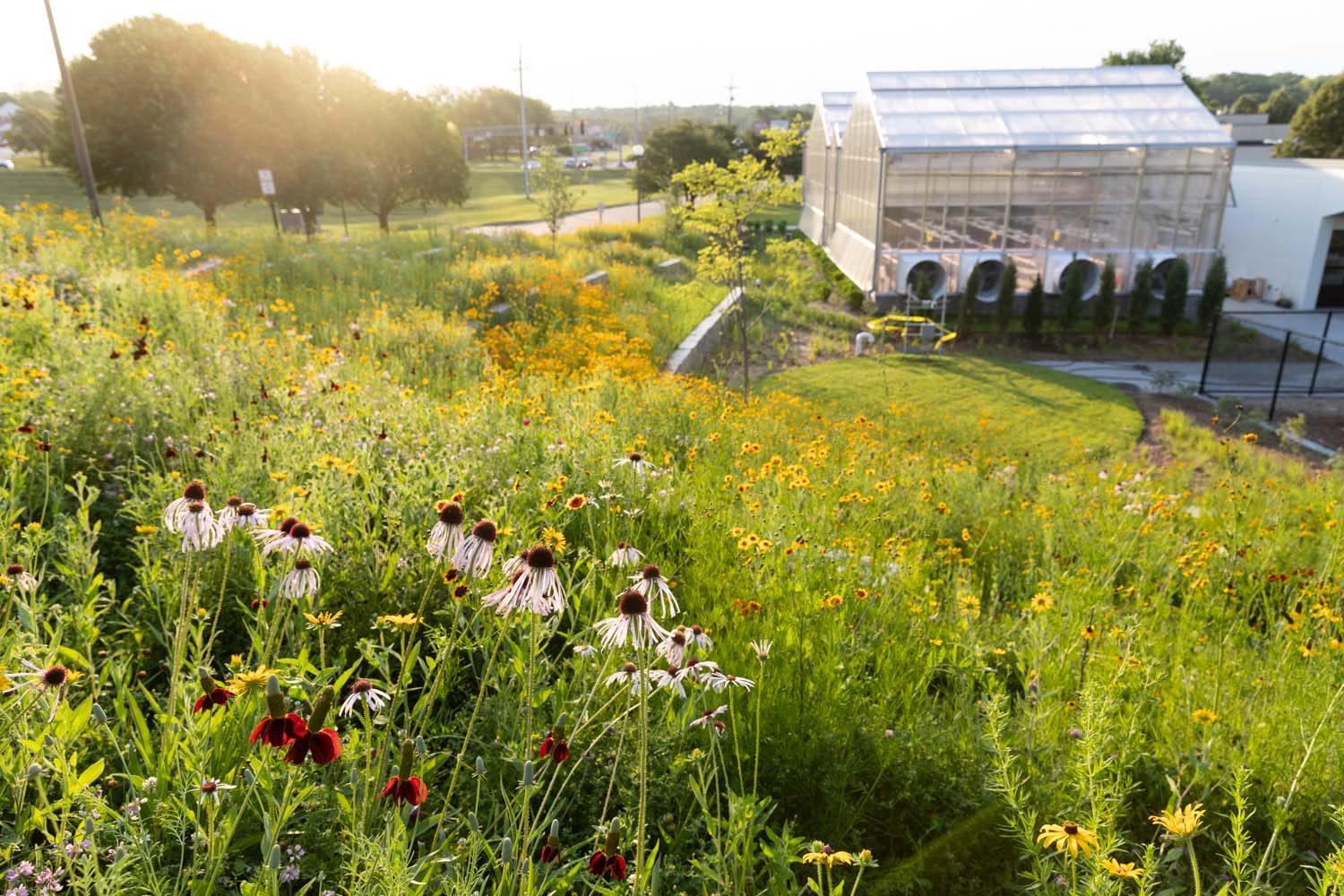
The co-evolved relationships between native plants and insects matter. These are the intricate, complex associations that support all life on earth. Lawns, even lawns with dandelions and the dozens of other introduced weedy species that will spontaneously appear, simply don’t contribute in any significant way to supporting these relationships.
When we fill the landscape with introduced plants – as we have done deliberately in gardens and inadvertently in natural areas with invasive species that are the result of global trade, horticulture and other factors – we are disrupting these long-evolved and crucial relationships. It is yet another form of colonialism writ large on the landscape.
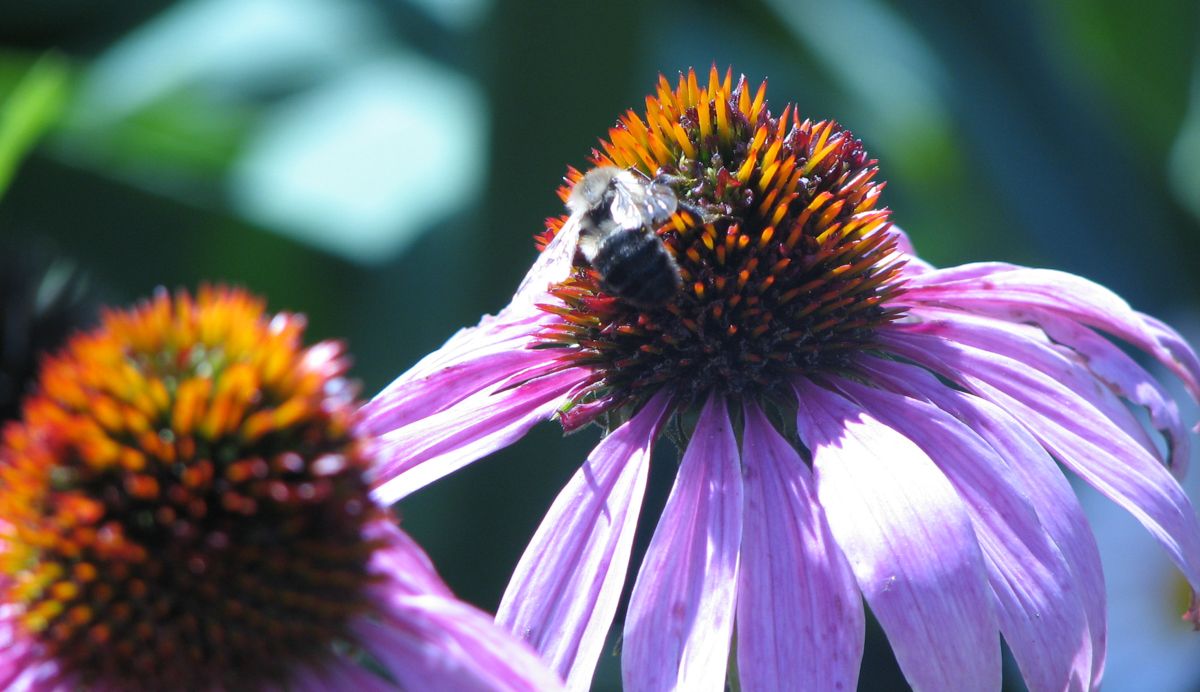
Conserving wild bees is hard work full of nuance. It requires unpacking messy systems and countering widespread misinformation. This complex work is hindered by simplistic messaging that perpetuates the notion that non-native weedy species are good for all bees. No. There are several hundred species of wild bees, each with its own ecological requirements and behaviours. They are beautiful and important creatures, worth understanding beyond oversimplified slogans.
While it may be comforting to think that we can replace pieces of a complex puzzle and still meet the needs of all pollinators, the more we learn about the ecology of these co-evolved relationships the more we know that this is not the case. There are just too many unknowns.
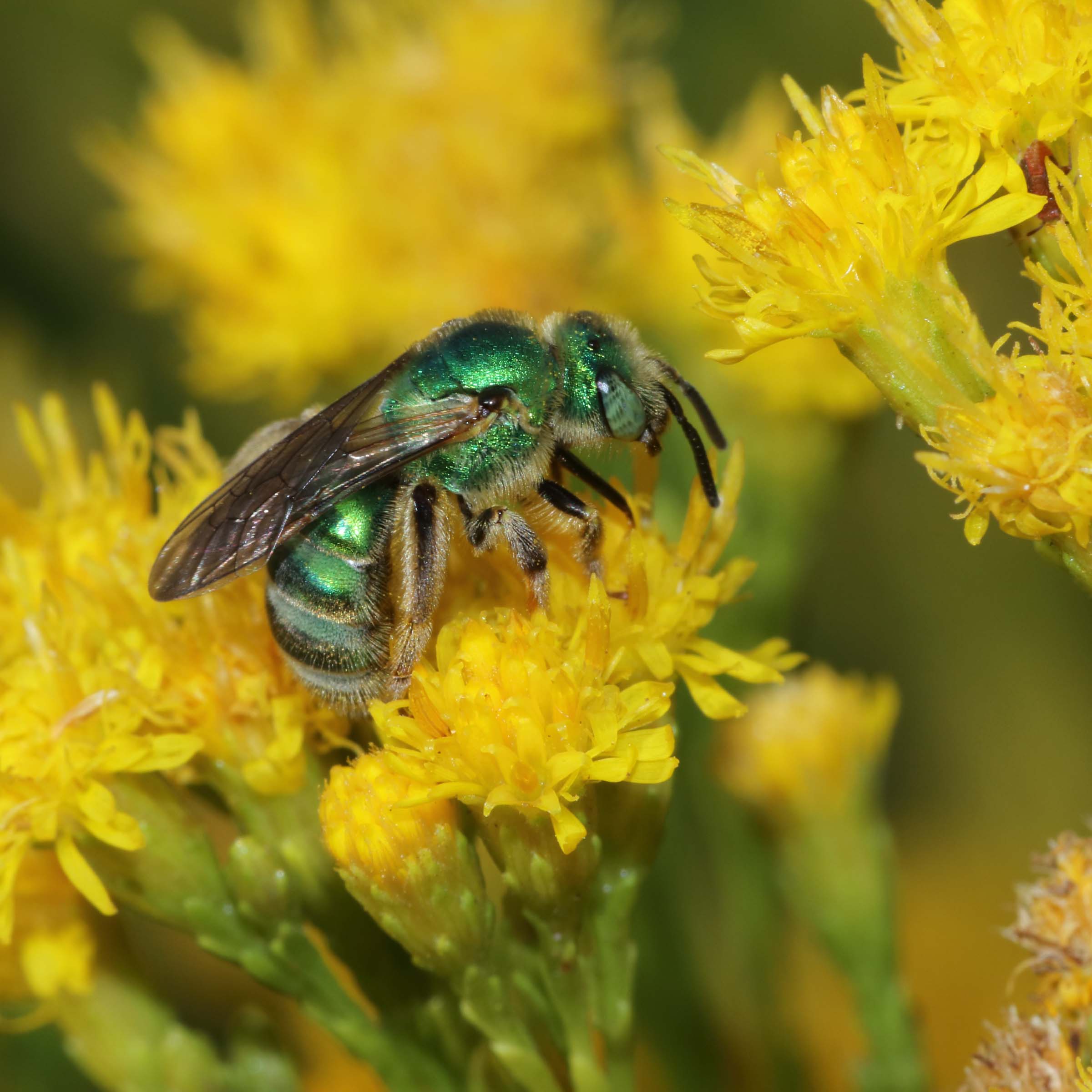
What we do know is that our inattentiveness to these intricate, complex associations has led to the biodiversity crisis we find ourselves in. Dozens of species of pollinators are declining, at risk of extinction, or have disappeared altogether. What we need to be doing is stewardship, the concerted – and joyous –work of participating in an active relationship and connection with natural systems.
So here are a few simple messages to get behind. Not mowing in May (and beyond) is good. Manicured, monocultural lawns are pollinator deserts – the less lawn the better. Replace part of your lawn with densely planted native plants. Plant early-flowering native trees such as willow, red maple and any of the gorgeous native cherry species. Support pollen-specialist bees by planting native goldenrods, sunflowers, asters and coneflowers. Eat any dandelions that appear in your uncut lawn (they’re delicious!). Spend the mowing time you’ve saved pulling out invasive species such as garlic mustard and dog-strangling vine, and planning your lawn-conversion project to a native pollinator planting. Embrace the “mess” of decaying leaves and dead plant stalks that provide crucial pollinator habitat.
Engage, tend, nurture and cultivate the natural communities we’re a part of and depend on. Coming back from the biodiversity crisis will require active stewardship, not neglect, of altered landscapes. Spread this message.




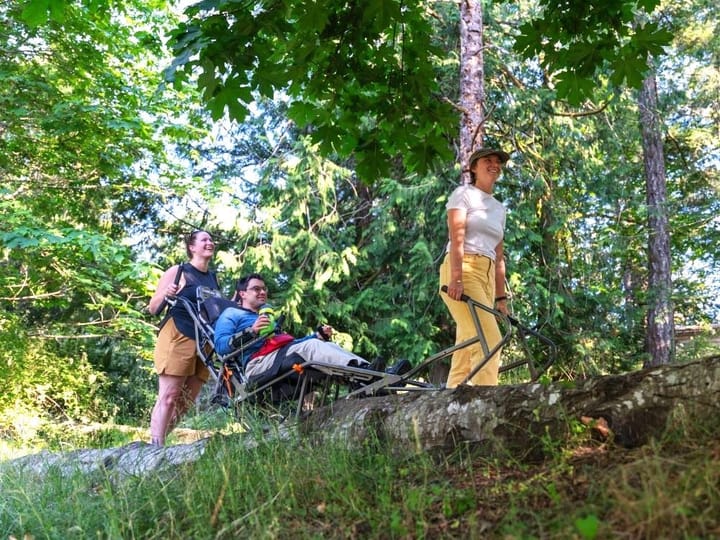

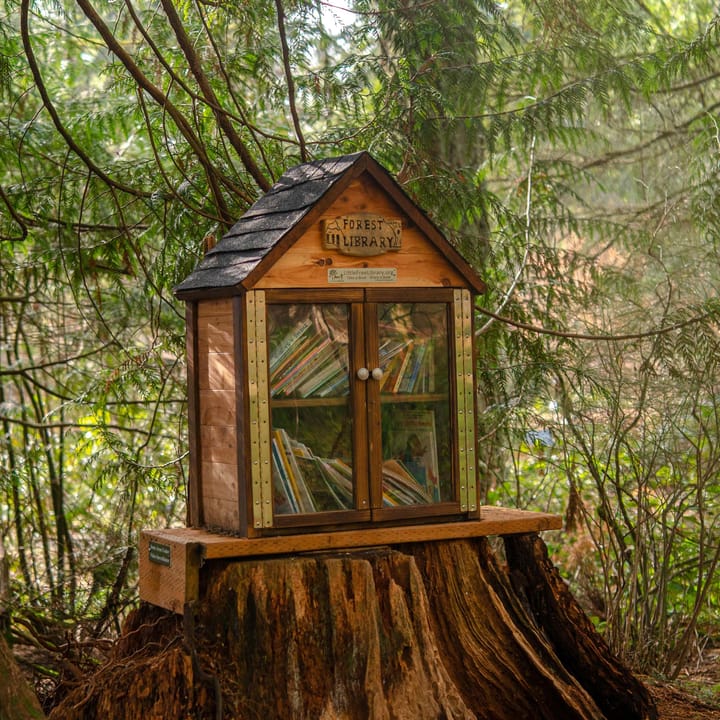
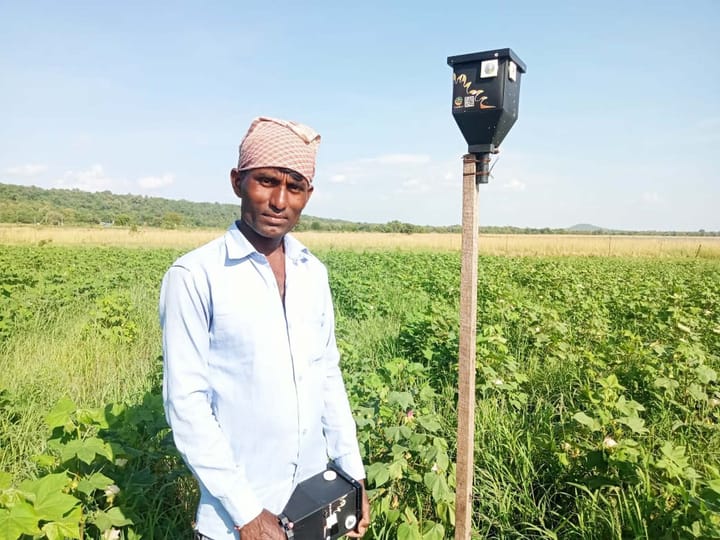
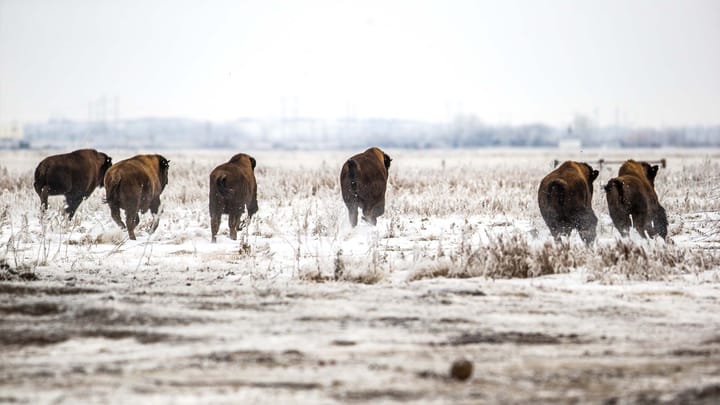
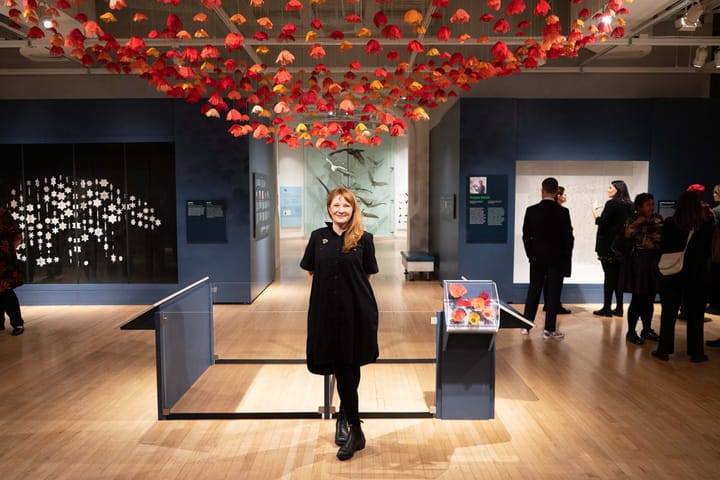


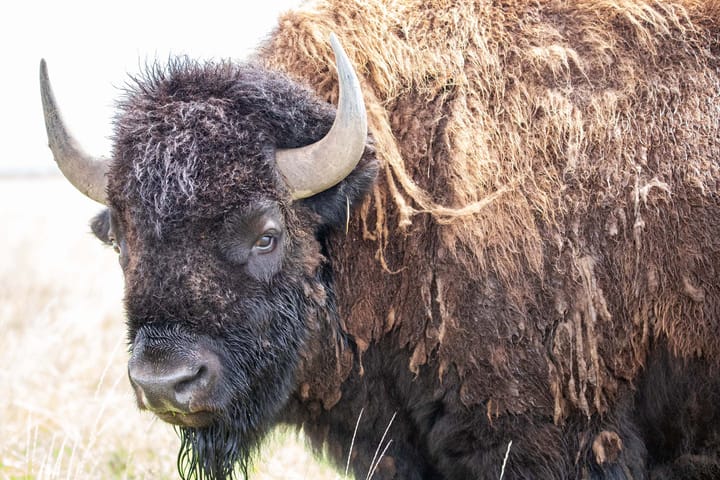
Comments ()